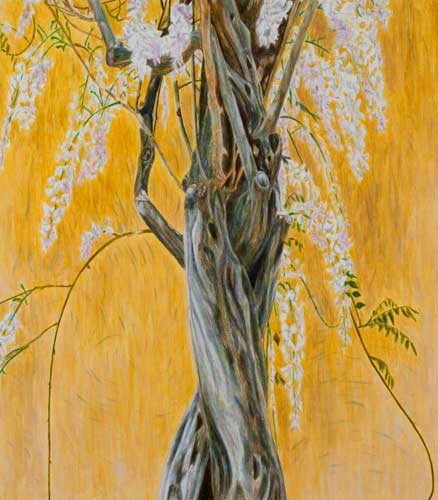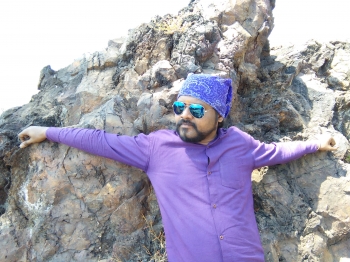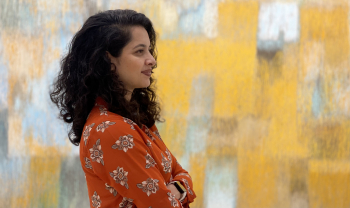
Tempera is a permanent and fast drying painting medium consist of dry pigments which are made usable by mixing it with a water-soluble binder medium which is usually a glutinous material such as egg yolk. Paintings done in this medium are referred to as tempera. The tempera paintings are long lasting.
Tempera is made in a traditional way by hand-grinding the powder dry pigments to a binding agent like egg, glue, honey, milk, water and a variety of plant gums. It starts with keeping a little amount of powdered pigment on the dish and adding about same amount of binder and mixing. More binder, more transparent will be the paint. There are different techniques of tempera given below:
Egg Tempera- It is the most common form of tempera painting. Mostly egg yolk is used in this form. Egg yolk is not used by itself as it dries very quickly and crackles when dry, so a few drops of water, vinegar or wine can be added to get the desired transparency. More egg mixture more will be the transparency. Egg tempera has a pungent smell which is removed by adding liquid myrrh to give the paint a pleasing odor. A balance of greasy and watery content is maintained by adjusting the amount of water and yolk. More water is added to preserve the consistency on contact with air as tempera dries. After preparation the paint cannot be stored. Tempera paint is resistant to water to allow over-painting with more color but it is not water proof.
Tempera Grassa- Addition of oil with the egg yolk in same volume produces a water soluble medium with color effects of oil paint, though it cannot be painted thickly.
Pigments- In the medieval period some highly toxic pigments were used such as mercury, arsenic, lead, etc. But today the artists use less toxic modern synthetic pigments which have similar color properties to the older pigments.
Application- Tempera paint dries swiftly. It is applied in thin transparent layers. Accuracy should be checked while working with traditional techniques that require use of brush-strokes applied in a cross-hatching technique. It gives a smooth matte finish after drying.
Ground- On absorbent ground tempera adheres best as it has lower oil content. Initially inflexible Italian gesso ground was used and the substrate is usually rigid as well.
Tempera paint requires a rigid or a wallboard panel coated with several thin layers of gesso (a white, smooth, fully absorbent preparation made of burnt gypsum and hide glue). Painting on canvas will cause crackle and pieces of paint to fall off.
The rise of oil painting in about 1400 superseded the tempera paintings, but it was periodically rediscovered in the 20th century by artists such as William Blake, the Nazarenes, the Pre-Raphaelites and Joseph Southhall. In India, Ganesh Pyne and Beohar Rammanohar Sinha, did most of their works in tempera style.





















